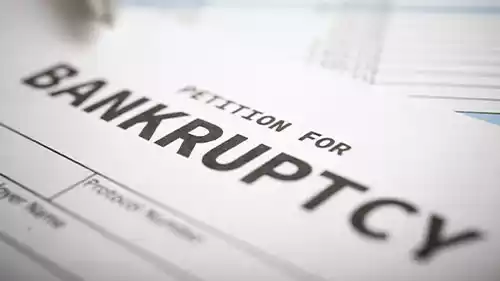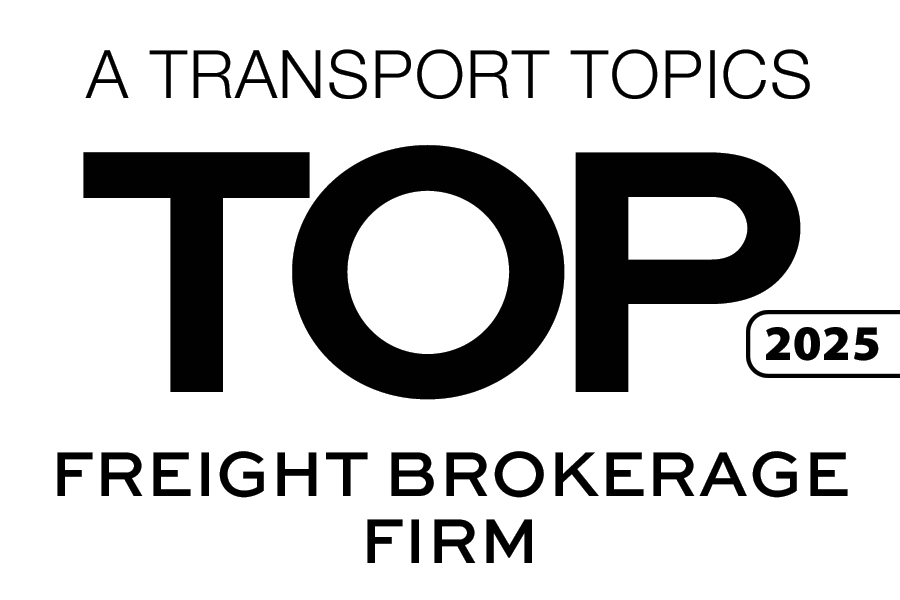Conditions Fueling Bankruptcies in 2022
June 29, 2022

Prior to two years ago, the US economy was red hot. Bankruptcies were down as businesses enjoyed a period of prosperity. Then came the pandemic.
“Several signs and indicators pointed to a downturn prior to the March [2020] shutdown,” says Zachary Elrod, Sales Vice President at Allianz Trade North America—a trade credit insurance firm that also handles debt collection. “When the shutdown happened, it really exposed a lot of the businesses that were maybe just hanging on.”
As businesses struggled through the economic uncertainties of the pandemic, the Federal Government offered assistance through the Payback Protection Program and other forms of relief intended to help cushion the blow. These programs helped businesses avoid bankruptcy for a time until economic conditions returned to normal.
What factors are leading to the recent uptick in bankruptcies? Learn more in Episode 16 of the Stay In Your Lane Podcast.
With the economy back on track and relief programs drying up, residual impacts of pandemic-era conditions are becoming more apparent within the market. Many companies that survived thanks to government intervention are now beginning to struggle. Increasing production costs from inflation, rising fuel prices, and continuing supply chain issues only make matters worse.
The Federal Reserve’s effort to tamp down rampant inflation through a series of aggressive interest rate hikes is also creating challenges in the marketplace. With credit lending growing more costly due to higher rates, it’s harder for businesses to pass their expenditures on to their customers. This relates directly to an increased risk of bankruptcy.
“Depending on the week, we’re starting to see a lot higher frequency [of bankruptcies],” Elrod explains. “But we’re also starting to notice larger dollar amounts or unsecured debt owed to suppliers.”
What does it take to remain solvent through difficult economic conditions? Find out in Episode 16 of the Stay In Your Lane Podcast.
The price of doing business is going up substantially. Stagnant wages and continuing inflation strongly point to even more bankruptcies moving forward. Some businesses may struggle for a long time before being forced to call it quits.
“A lot of the claims that we field are due to protracted default, or ‘slow pay,’” says Elrod. “The company is actually solvent; they just can’t service their debt or pay their suppliers in a timely manner.”
Despite these challenging conditions, Elrod emphasizes that the future for business in America is not all doom and gloom. With an aggressive strategy, the businesses that survive will be well positioned to take up market share vacated by those that have gone under.
Whatever the future holds for your business, count on Triple T Transport to deliver the world-class third-party transport brokerage services you’ll need to meet challenges head on. Contact us today to learn more or request a quote.
To learn more about Allianz Trade’s services, visit Allianz-Trade.com.














